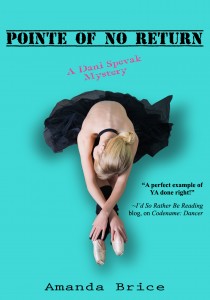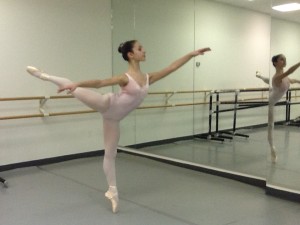This next student spotlight is a bit unusual in that it will have two parts…you see, the featured dancer has a twin who also dances. Tune in for his post tomorrow! In the meantime, here’s Jamie Sierra:

Well, when I was little, as long as I can remember, I’ve always loved dancing. I would dance to any song that I heard. But in later years I started playing sports and sort of just forgot dancing. But I realized that I was missing something. Although I love sports, dancing was my passion. So I started dancing in 8th grade. I learned to break dance with some friends. Even though it was on and off I still danced. And later on I started taking dance class from Nuevo School of Contemporary Dance. I changed my whole style of dancing. I went from only breaking to a variety of dance styles.
2. What do you find best about dance class?
What I really love about dance classes are that you can learn so much from each class. Making yourself more diverse and learning different techniques, just expanding your knowledge in dancing itself.
3. What is the hardest part of dance for you ?
The hardest part about dancing for me, would probably be all the stretching and flexibility. I’m not as flexible as my twin. But I’m trying my best to get there.
4. What advice would you give to other dancers?
My only advice to dancers out there is remember the first time you danced; that it was fun; remember how you felt when you first danced. Even though it’s hard work and sometimes stressful, you can inspire those in the future when you’re a great dancer. So remember to have fun with it!
5. How has dance change your life?
Dancing has changed my life in many ways. It helps me through to all my hard times; even though I’m only 17 there’s been a lot of stress. It made me a better person and has helped me make friends. I’ve had friends before but I now have more friends that I can connect with. Dancing changed a whole lot of stuff in my life. In every single part of me, dancing changed me from my limbs to my heart itself. I wouldn’t be the person I am now without it.
Bio: I am Jaime Sierra and I am 17 years of age. I love to play sports, instruments but most of all dancing. Dancing is my passion and I wouldn’t trade it for anything. I dance at Nuevo School of Contemporary Dance
. And my dream is to be a successful dancer someday.









